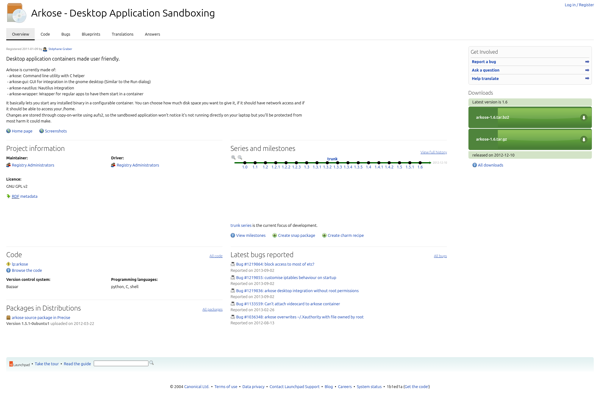Kata Containers
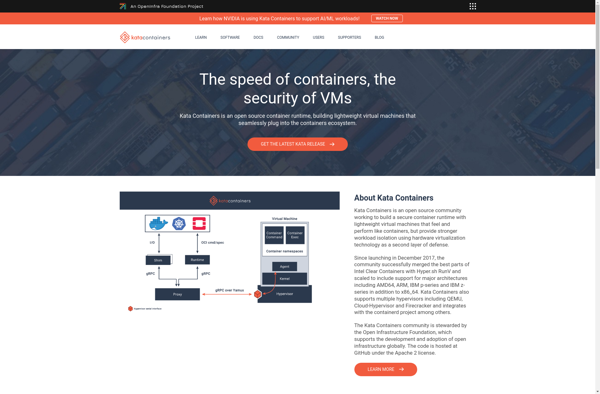
Kata Containers: Open Source Container Runtime
Kata Containers is an open source container runtime that focuses on speed, security, and isolation. It uses lightweight virtual machines to provide an additional layer of isolation for container workloads compared to standard containers.
What is Kata Containers?
Kata Containers is an open source container runtime that launched in late 2017. It focuses on providing strong workload isolation and security guarantees for containerized applications. Some key aspects of Kata Containers include:
- Speed - Uses extremely lightweight virtual machines to minimize overhead vs traditional VMs
- Security - Workloads run in hardware isolated VMs away from the main host and other containers
- Isolation - Each container gets its own dedicated kernel, mitigating noisy neighbor issues
- Flexibility - Supports both Intel and ARM architectures for flexibility
The main value proposition of Kata Containers is enabling container workloads to have VM-level isolation and security without sacrificing too much speed or density versus standard container deployments. This allows organizations to run untrusted or multi-tenant workloads safely while still leveraging the deployment and management simplicity of containers.
Kata Containers combines technology like the open source Intel Clear Containers and Hyper runV projects into a single standardized runtime. It is managed by the OpenStack Foundation and has contributors from major companies including AWS, Google, IBM, Intel, Microsoft and others.
Kata Containers Features
Features
- Lightweight virtual machines for container isolation
- Fast startup times
- Compatibility with Docker and Kubernetes
- Support for major architectures like x86 and ARM
- Resource management and allocation
- Open source with active community
Pricing
- Open Source
Pros
Cons
Official Links
Reviews & Ratings
Login to ReviewThe Best Kata Containers Alternatives
Top Development and Containerization and other similar apps like Kata Containers
Here are some alternatives to Kata Containers:
Suggest an alternative ❐AWS Firecracker
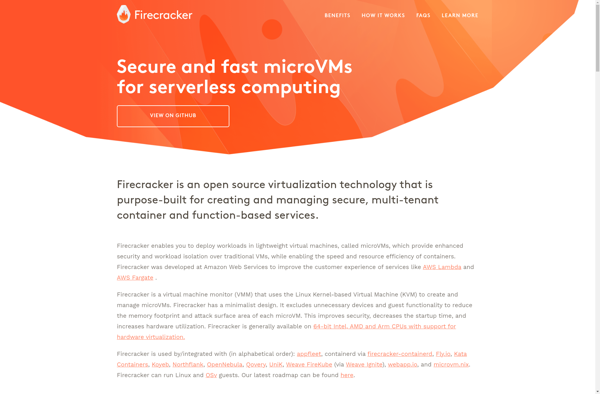
Docker
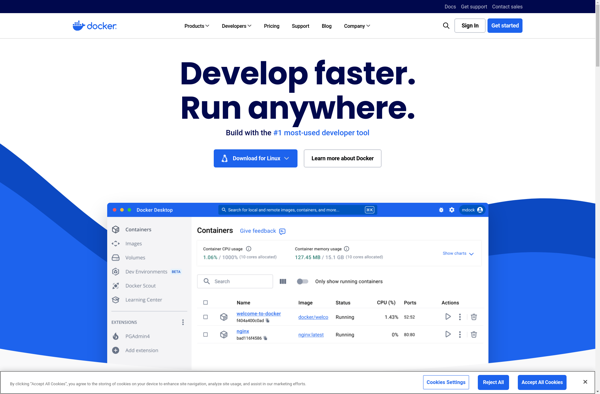
OrbStack
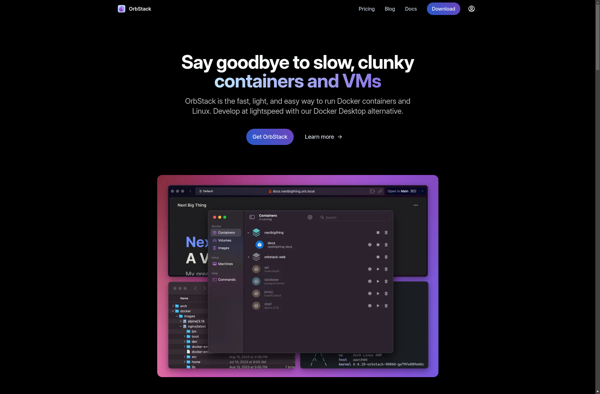
FreeBSD Jails
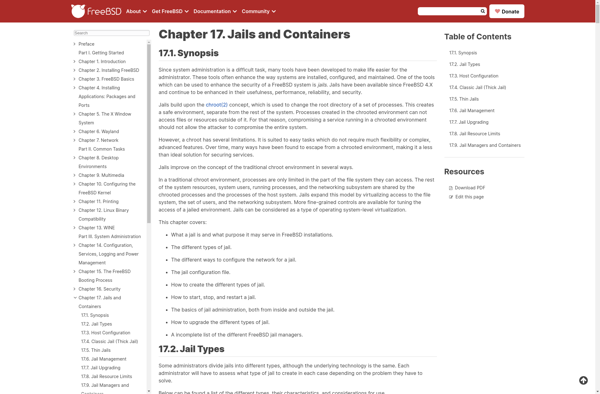
LXC Linux Containers
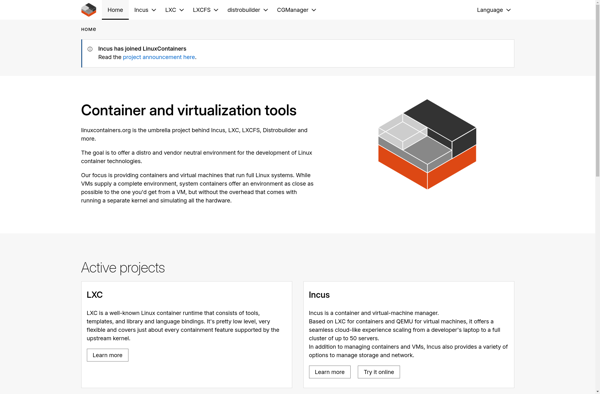
Containerd
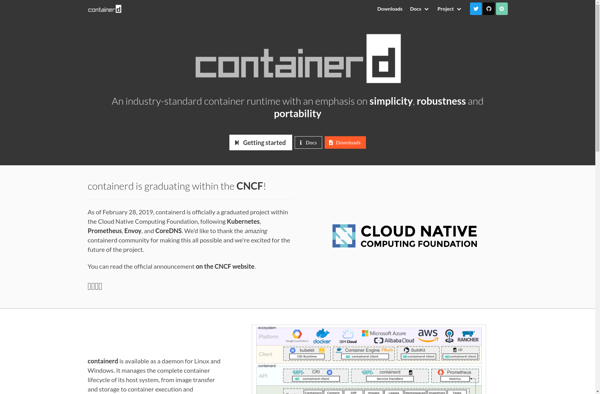
Colima

OpenVZ
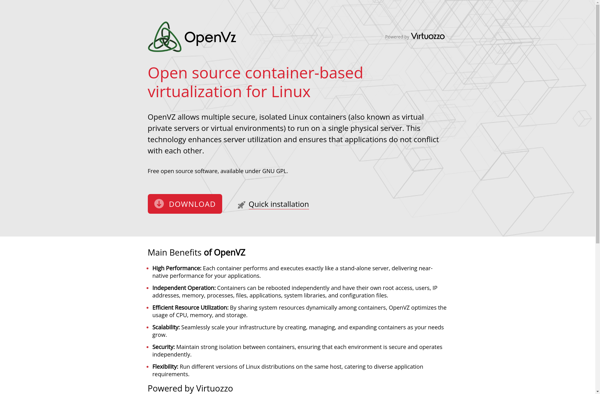
Turbo.net Client
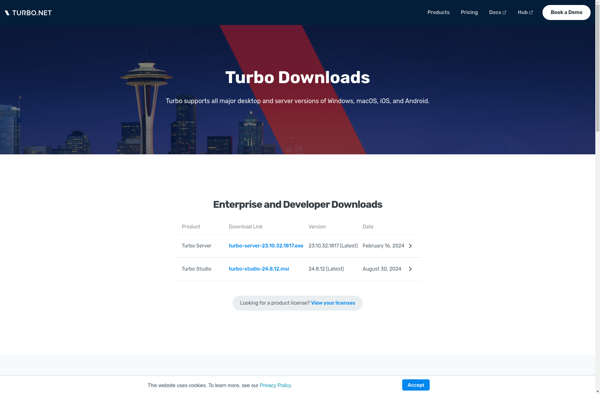
Arkose
